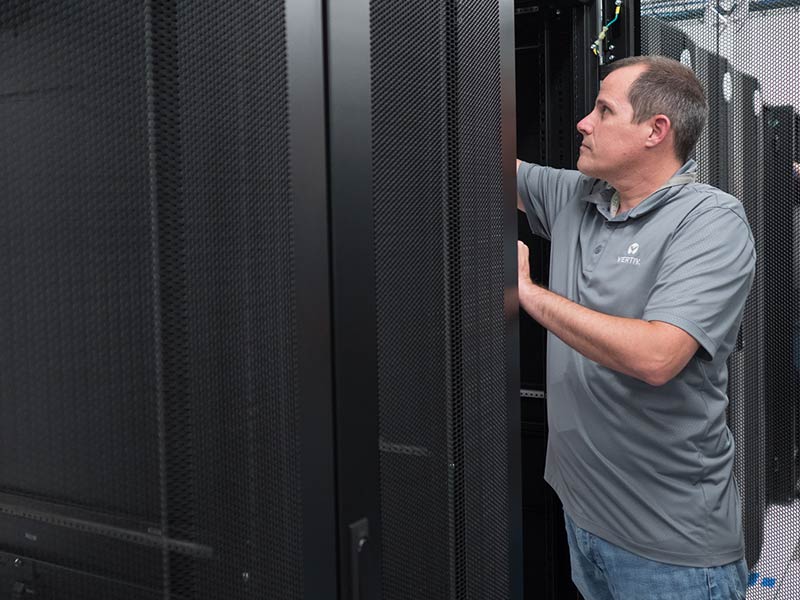Much of the world has transitioned to a new work-from-home reality in response to the pandemic, creating unanticipated strain on networks that weren’t necessarily designed to support a fully remote workforce. The mechanics of social distancing are testing data centers and edge facilities in new ways, and most IT professionals are still sorting through the repercussions of our new normal.
Technology and the connectivity it provides are critical to maintaining some level of productivity, but that also means technology failures are more crippling than ever. As the working world is increasingly defined as either essential or non-essential, it has become clear that servicing and maintaining these networks is the very definition of essential. That means service technicians are venturing into data centers and edge sites to ensure network availability and performance.
With that in mind, and understanding the related health risks, service personnel should observe some of the following best practices to protect themselves, their colleagues, and their customers. Of course, the recommendations of the World Health Organization (WHO), Centers for Disease Control and Prevention (CDC), and regional public health officials should serve as the mandatory baseline for all safety considerations.
- Define essential and non-essential tasks. All tasks are essential if they sustain and/or improve the reliability of vital applications and critical infrastructure. This includes all emergency response, repair, and preventive maintenance services. In most cases, federal, state, and local governments certify businesses as essential or non-essential. All non-essential tasks should be postponed.
- Establish site safety requirements. These should include such tasks as regular temperature checks for everyone at the sites with 10 or more workers, self-certification by on-site employees stipulating they haven’t been exposed or haven’t recently traveled to any virus hot spots, observance of social distancing practices while on site, and daily cleaning protocols to help ensure surfaces are virus-free. Remember, safety recommendations are evolving quickly, and service professionals and customer representatives should have processes to ensure awareness of and compliance with current guidelines and requirements.
- Empower field teams to prioritize safety. If a service team finds a site isn’t meeting the agreed-upon safety requirements, team members should have the authority to refuse or stop work at any time. This could lead to difficult conversations with customers, but the risks are too great to look the other way.
- Limit travel as much as possible. Try to limit technicians to visits within driving distance and avoid public transportation, especially air and train travel, as much as possible. This is consistent with public health guidelines and helps prevent transmission of the virus.
- Enact strict self-quarantine guidelines. Service technicians should be doing frequent temperature checks and be required to self-quarantine in the event of a fever. They also should self-quarantine if they experience possible exposure through any personal or professional interaction, as recommended by WHO, CDC, and public health officials.
- Be vigilant about protecting yourself and others. Practice social distancing and ensure others are too, wash your hands frequently, avoid close contact, stay home if you are sick, don’t shake hands, cough or sneeze into the inside of your elbow, and adjust based on your work environment.
- Leverage remote services. Not all sites are equipped for remote service, but when they are, organizations should lean heavily into those capabilities to minimize site visits and make executing necessary visits more efficient. With remote monitoring and services, you can collect and analyze data and in many cases initiate actions remotely to address a potential issue and eliminate the need for a truck roll.
Bottom line: Work-from-home stipulations and widespread social distancing are making reliable IT and connectivity more important than ever. Service visits are essential and unavoidable, but there are steps you can take to ensure the safety of service personnel and customers.




